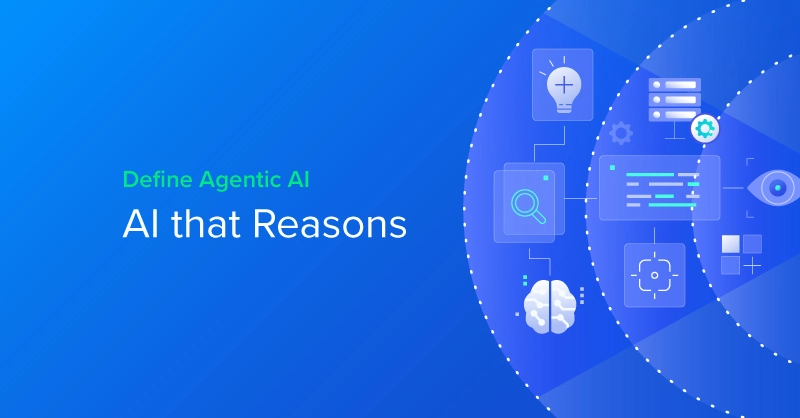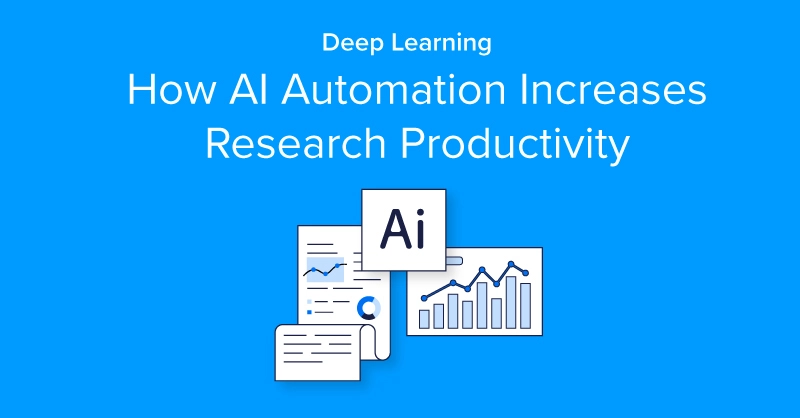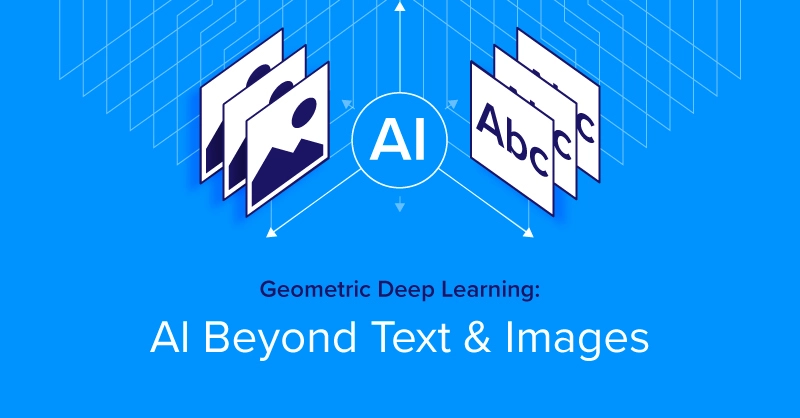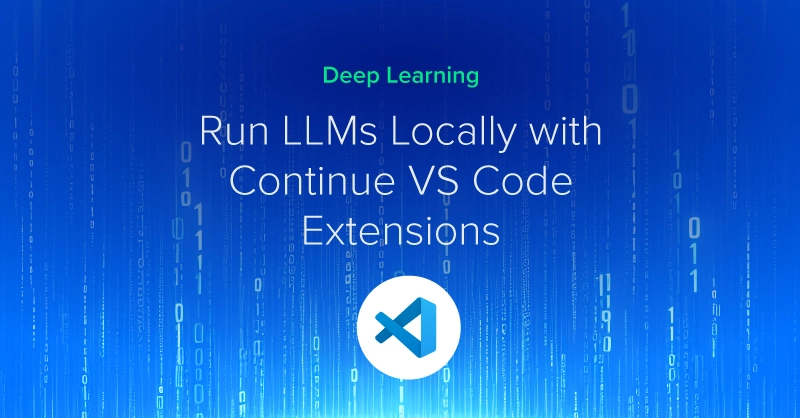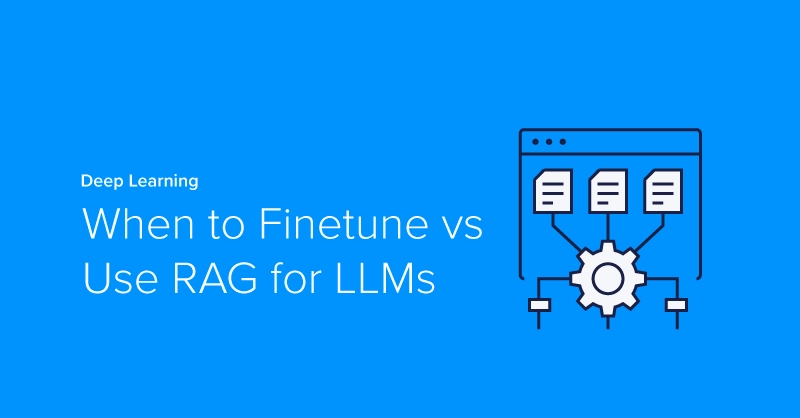
Finetuning vs. Retrieval-Augmented Generation (RAG) for LLMs
Large language models are transformer models that are fed massive amounts of textual data from the internet, code, forums, social media, publications, and more. The parameters within an LLM help them grasp semantic meaning and accurately produce relevant output.
However, that doesn’t mean that every LLM trained is ready to go out of the box. The most popular LLM, ChatGPT powered by GPT-4 can mistake acronyms for another in a different field of research. This is the reason why context and tuning a model to perform a specific task is ideal for getting the desired output.
These LLM models are optimized for generalization due to training on extensive textual data. To further narrow its capabilities to fit a certain field, companies are employing 2 types of AI augmentation: Fine Tuning and Retrieval Augmented Generation.
This decision isn't just about preference; it's a strategic choice that impacts performance, cost, and applicability. Understanding when to opt for finetuning versus RAG involves delving into the intricacies of model sizes, capabilities, strengths, and weaknesses, as well as real-world applications and hardware considerations.
Model Size Consideration
The size of the LLM is a fundamental factor in determining whether to finetune or utilize RAG. Smaller models, typically ranging from hundreds of millions to a few billion parameters, are often more suited for finetuning because their smaller size allows for more efficient updates and quicker training times. Finetuning these models can lead to highly specialized systems capable of performing niche tasks with impressive accuracy.
In contrast, larger models, such as those with tens or hundreds of billions of parameters, are prime candidates for RAG. These models excel at understanding and generating human-like text but can be prohibitively expensive and time-consuming to finetune. Instead, RAG leverages the LLM's vast knowledge base while integrating up-to-date, domain-specific information from external data sources, providing a balance of broad knowledge and contextual relevance.
Understanding Model Capabilities
Each LLM size brings distinct capabilities to the table. Smaller models, when finetuned, can become incredibly adept at specific tasks, such as sentiment analysis, customer service automation, or specialized technical support. Their limited size ensures that they can be fine-tuned quickly and efficiently, making them ideal for scenarios where rapid deployment and iterative improvement are essential and when outputs should be consistent and reliable.
Larger models, on the other hand, excel in tasks requiring deep contextual understanding and the generation of coherent, complex text. While finetuning these behemoths is challenging, incorporating RAG allows them to dynamically access and integrate information from external databases. This hybrid approach enhances their ability to answer queries, provide detailed explanations, and even generate creative content after being provided with much-needed context.
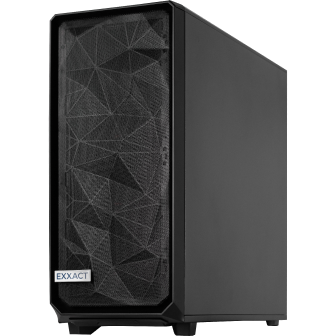
Accelerate Training with an Exxact Multi-GPU Workstation
With the latest CPUs and most powerful GPUs available, accelerate your deep learning and AI project optimized to your deployment, budget, and desired performance!
Configure NowRAG vs Finetuning
| RAG | Fine Tuning | |
|---|---|---|
| Information Rigidity | Flexible - Integrates real-time, up-to-date information that provided context to prompts. | Rigid - Model's knowledge is fixed post-training, with no updates until retrained. |
| Training Time | Minimal Training - Primarily relies on pre-trained models. | Longer Training - Especially with larger models. Updates require retraining. |
| Specialization | Less specialized; relies on broad knowledge from external sources. | Highly specialized; tailored to specific tasks with fine-tuned data. |
| Scalability | High Scalability - Adding, updating, or introducing new data sources and topic domains is easy. | Less scalable - Requires retraining or fine-tuning for new tasks or on new data. |
| Use Case | A broad and deep contextual understanding is needed. | The task is well-defined, specific, and consistency is needed. |
| Dynamic Nature | Well-suited for environments where information changes frequently. | Best suited for stable environments where information remains consistent for longer periods of time. |
RAG
RAG combines the generative power of large language models with the ability to retrieve and integrate information from external sources. This approach is best suited for larger models, typically with hundreds of billions of parameters. Here’s when RAG is the preferred choice:
Strengths:
- Dynamic Information Integration: RAG can provide real-time, updated information by accessing external data sources, ensuring responses remain current.
- Reduced Training Time: Since RAG relies on pre-existing models, the need for extensive finetuning is minimized, leading to faster deployment.
- Scalability: RAG can leverage large models without the associated finetuning costs, making it scalable for various applications.
Weaknesses:
- Complexity: Implementing RAG requires robust infrastructure to manage data retrieval and integration, which can be technically challenging.
- Latency: The retrieval process can introduce latency, affecting the speed of response generation, especially in real-time applications.
Fine Tuning
Finetuning involves tailoring a pre-trained model to a specific task by training it on a specialized dataset. This process is especially advantageous for smaller to mid-sized models, typically ranging from hundreds of millions to a few billion parameters. Here’s when finetuning is the best choice:
Strengths:
- Specialization: Finetuned models excel in specific domains, providing highly accurate and relevant responses tailored to particular tasks.
- Efficiency: Once trained, finetuned models can deliver responses quickly without the need for external data retrieval.
Weaknesses:
- Resource-Intensive: Finetuning large models requires substantial computational resources, time, and expertise.
- Static Knowledge: Finetuned models are limited to the data they were trained on, potentially leading to outdated or less flexible responses.
Hardware Considerations for Finetuning or RAG LLMs
Running RAG or finetuning LLMs locally necessitates careful hardware planning.
When finetuning an AI model, the workload requires retraining a model with new parameters and demands high-performance GPUs, substantial memory, and efficient storage solutions to manage, ingest, and train on large datasets. Smaller models could be managed with mid-range hardware, but scaling up to larger models requires significant computational investment. Exxact offers custom high-performance computing solutions ready to tackle any AI training workload, whether your computational resources should remain static or necessitate further scalability.
For RAG, the requirements are slightly different. While the base model still necessitates robust hardware, the additional infrastructure for data retrieval and integration adds complexity. Most of the considerations for a RAG-based approach using a large model is inference performance. High memory bandwidth GPU enables efficient indexing and retrieval systems, alongside powerful CPUs and ample memory, which are essential to minimize latency and maintain performance.

Fueling Innovation with an Exxact Designed Computing Cluster
Deploying full-scale AI models can be accelerated exponentially with the right computing infrastructure. Storage, head node, networking, compute - all components of your next cluster are configurable to your workload. Exxact Clusters are the engine that runs, propels, and accelerates your research.
Get a Quote Today
When to Finetune vs Use RAG for LLMs
Finetuning vs. Retrieval-Augmented Generation (RAG) for LLMs
Large language models are transformer models that are fed massive amounts of textual data from the internet, code, forums, social media, publications, and more. The parameters within an LLM help them grasp semantic meaning and accurately produce relevant output.
However, that doesn’t mean that every LLM trained is ready to go out of the box. The most popular LLM, ChatGPT powered by GPT-4 can mistake acronyms for another in a different field of research. This is the reason why context and tuning a model to perform a specific task is ideal for getting the desired output.
These LLM models are optimized for generalization due to training on extensive textual data. To further narrow its capabilities to fit a certain field, companies are employing 2 types of AI augmentation: Fine Tuning and Retrieval Augmented Generation.
This decision isn't just about preference; it's a strategic choice that impacts performance, cost, and applicability. Understanding when to opt for finetuning versus RAG involves delving into the intricacies of model sizes, capabilities, strengths, and weaknesses, as well as real-world applications and hardware considerations.
Model Size Consideration
The size of the LLM is a fundamental factor in determining whether to finetune or utilize RAG. Smaller models, typically ranging from hundreds of millions to a few billion parameters, are often more suited for finetuning because their smaller size allows for more efficient updates and quicker training times. Finetuning these models can lead to highly specialized systems capable of performing niche tasks with impressive accuracy.
In contrast, larger models, such as those with tens or hundreds of billions of parameters, are prime candidates for RAG. These models excel at understanding and generating human-like text but can be prohibitively expensive and time-consuming to finetune. Instead, RAG leverages the LLM's vast knowledge base while integrating up-to-date, domain-specific information from external data sources, providing a balance of broad knowledge and contextual relevance.
Understanding Model Capabilities
Each LLM size brings distinct capabilities to the table. Smaller models, when finetuned, can become incredibly adept at specific tasks, such as sentiment analysis, customer service automation, or specialized technical support. Their limited size ensures that they can be fine-tuned quickly and efficiently, making them ideal for scenarios where rapid deployment and iterative improvement are essential and when outputs should be consistent and reliable.
Larger models, on the other hand, excel in tasks requiring deep contextual understanding and the generation of coherent, complex text. While finetuning these behemoths is challenging, incorporating RAG allows them to dynamically access and integrate information from external databases. This hybrid approach enhances their ability to answer queries, provide detailed explanations, and even generate creative content after being provided with much-needed context.

Accelerate Training with an Exxact Multi-GPU Workstation
With the latest CPUs and most powerful GPUs available, accelerate your deep learning and AI project optimized to your deployment, budget, and desired performance!
Configure NowRAG vs Finetuning
| RAG | Fine Tuning | |
|---|---|---|
| Information Rigidity | Flexible - Integrates real-time, up-to-date information that provided context to prompts. | Rigid - Model's knowledge is fixed post-training, with no updates until retrained. |
| Training Time | Minimal Training - Primarily relies on pre-trained models. | Longer Training - Especially with larger models. Updates require retraining. |
| Specialization | Less specialized; relies on broad knowledge from external sources. | Highly specialized; tailored to specific tasks with fine-tuned data. |
| Scalability | High Scalability - Adding, updating, or introducing new data sources and topic domains is easy. | Less scalable - Requires retraining or fine-tuning for new tasks or on new data. |
| Use Case | A broad and deep contextual understanding is needed. | The task is well-defined, specific, and consistency is needed. |
| Dynamic Nature | Well-suited for environments where information changes frequently. | Best suited for stable environments where information remains consistent for longer periods of time. |
RAG
RAG combines the generative power of large language models with the ability to retrieve and integrate information from external sources. This approach is best suited for larger models, typically with hundreds of billions of parameters. Here’s when RAG is the preferred choice:
Strengths:
- Dynamic Information Integration: RAG can provide real-time, updated information by accessing external data sources, ensuring responses remain current.
- Reduced Training Time: Since RAG relies on pre-existing models, the need for extensive finetuning is minimized, leading to faster deployment.
- Scalability: RAG can leverage large models without the associated finetuning costs, making it scalable for various applications.
Weaknesses:
- Complexity: Implementing RAG requires robust infrastructure to manage data retrieval and integration, which can be technically challenging.
- Latency: The retrieval process can introduce latency, affecting the speed of response generation, especially in real-time applications.
Fine Tuning
Finetuning involves tailoring a pre-trained model to a specific task by training it on a specialized dataset. This process is especially advantageous for smaller to mid-sized models, typically ranging from hundreds of millions to a few billion parameters. Here’s when finetuning is the best choice:
Strengths:
- Specialization: Finetuned models excel in specific domains, providing highly accurate and relevant responses tailored to particular tasks.
- Efficiency: Once trained, finetuned models can deliver responses quickly without the need for external data retrieval.
Weaknesses:
- Resource-Intensive: Finetuning large models requires substantial computational resources, time, and expertise.
- Static Knowledge: Finetuned models are limited to the data they were trained on, potentially leading to outdated or less flexible responses.
Hardware Considerations for Finetuning or RAG LLMs
Running RAG or finetuning LLMs locally necessitates careful hardware planning.
When finetuning an AI model, the workload requires retraining a model with new parameters and demands high-performance GPUs, substantial memory, and efficient storage solutions to manage, ingest, and train on large datasets. Smaller models could be managed with mid-range hardware, but scaling up to larger models requires significant computational investment. Exxact offers custom high-performance computing solutions ready to tackle any AI training workload, whether your computational resources should remain static or necessitate further scalability.
For RAG, the requirements are slightly different. While the base model still necessitates robust hardware, the additional infrastructure for data retrieval and integration adds complexity. Most of the considerations for a RAG-based approach using a large model is inference performance. High memory bandwidth GPU enables efficient indexing and retrieval systems, alongside powerful CPUs and ample memory, which are essential to minimize latency and maintain performance.

Fueling Innovation with an Exxact Designed Computing Cluster
Deploying full-scale AI models can be accelerated exponentially with the right computing infrastructure. Storage, head node, networking, compute - all components of your next cluster are configurable to your workload. Exxact Clusters are the engine that runs, propels, and accelerates your research.
Get a Quote Today
